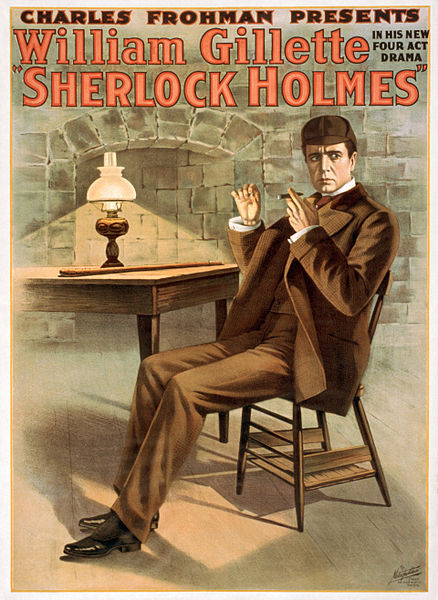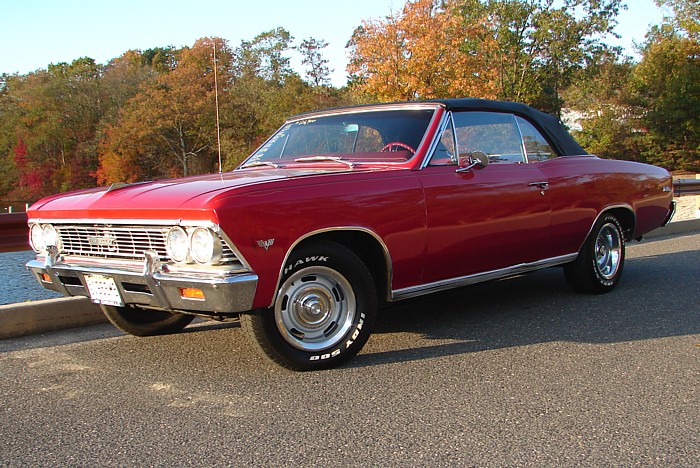
Human beings tell stories every day. We understand most of nature through stories. Though facts can be memorized, stories — the details, the description, the experience — make us believe.
Therefore, as we begin to study writing, we need to begin with the properties of story. How do good storytellers make us believe? How can good writing draw a reader into a story? How can we harness the power of the story to make a point, even in a dry, academic context?
This lesson will reflect on those questions as well as offering concrete advice and practice outlines of typical narrative writing.
Where Do We Find Narrative?
We talk about narrative writing in many ways. Books will introduce it as Narration, Narrative, and Story-telling. Narrative creeps into most of the other kinds of writing we learn about, too. Persuasive essays use short stories — often called anecdotes — to engage a reader’s attention and sympathy. Consider the difference between these two openings to the same essay:
| Statistics show that consistent seatbelt wearing is vital if passengers are to survive a moving vehicle accident. Though laws have been in place since the 1970s in most states mandating this behavior, some drivers and passengers resist because belts cause some discomfort. However, everyone should wear a seatbelt because they’ve been proven to save lives. |
| Timmy’s mother was in a hurry as they left the mall. He’d climbed into the backseat of their minivan and immediately started playing with his tablet, and his mother was in too much of a rush to fight him over putting on his seatbelt. They had to make it to his sister’s concert on time. The van rushed into traffic, and Timmy’s mother tried to beat a yellow light to make a left turn at the intersection — but someone else, coming from the other direction, had tried to do the same thing, and the car barreled into their van, connecting with the door beside Timmy with a sickening bang and crunch. |
Which opening makes you want to read more? The second one engages its readers with a story — and we’re hard-wired, as humans, to want to hear the end of a story.
Television plays on this characteristic all the time. Think of your favorite show and the maddening, brief preview that starts before the credits roll. It’s always a quick snippet that makes you stay tuned because the writers and producers know their audience will sit through several minutes of mindless commercials just to find out how the story will continue.
In our own writing, we can use story in just the same way. We can draw our readers into our own experiences, even if they’ve never been through anything even similar to what we have, by telling our own stories.
How do we write narrative?
A narrative essay is a piece that tells one consistent, cohesive story. In academic writing, a narrative essay will also always convey a lesson, a moral, or a point that the writer wishes the reader to take.
When we say “moral,” some people think of after school specials and having “good behavior” tips crammed down their throat. However, the most powerful lessons conveyed through writing are often done with great subtlety. True, the punishing pace of writing expected in a college course may not leave enough time to develop a nuanced story — no one is going to churn out War and Peace or even The Hobbit in ten weeks — but not every story has to have the moral stated clearly, in bold font, at the very beginning.
Think about it this way: When you were a kid, if your grandmother had sat you down and said, “Listen. We’re now going to have a thirty-minute conversation about how it’s really bad if you start smoking,” would you have listened? Probably not. If, however, your grandmother took you to visit your uncle Larry, who had terminal lung cancer, and then casually mentioned as you left that Larry had been smoking since he was your age — would you get the lesson? Would you remember it? Do you remember better the 200 lectures you had as a teenager about not being a bully, or do you remember the one time that you witnessed its effects firsthand?
In a narrative, we want to pull that same kind of trick on our readers: get our point across, but do it in a way that engages the imagination and attention. Use the power of the story.
Narrative relies on the same components that all good writing does: it needs detail, clear organization, and a central purpose (AKA our friends Development, Organization, and Unity).
Narrative Development: Bring the details
Consider this passage from the very first Sherlock Holmes mystery, “A Study in Scarlet,” which describes a major character:
| His face was lean and haggard, and the brown parchment-like skin was drawn tightly over the projecting bones; his long, brown hair and beard were all flecked and dashed with white; his eyes were sunken in his head, and burned with an unnatural lustre; while the hand which grasped his rifle was hardly more fleshy than that of a skeleton. As he stood, he leaned upon his weapon for support, and yet his tall figure and the massive framework of his bones suggested a wiry and vigorous constitution. His gaunt face, however, and his clothes, which hung so baggily over his shrivelled limbs, proclaimed what it was that gave him that senile and decrepit appearance. The man was dying—dying from hunger and from thirst. |
The author includes detail upon detail to describe this gentleman. He could have simply said, “He was dying from hunger and from thirst,” which would tell us everything we need to know. Instead, he describes how these feelings have had an effect upon the man — he is gaunt, he’s starting to look like a skeleton, and he can barely stand without the support of his rifle.
Think of the best book you’ve ever read (or the best television show you’ve ever watched, or the movie you love), and you may be able to relate to this. Good description is the difference between hearing a game on the radio and watching it live in the stadium (or on a ginormous 3-D television). The very breath of life in a narrative will always be your ability to describe a scene.

This relies on the use of specific language. As you read through the revision section, you were encouraged to avoid phrases that your audience might find misleading. Consider this as you write a story. With every sentence, ask, “What does my audience know? What do they think?” If you say a car is “beautiful,” will your audience think of a 2018 Hybrid Honda Accord or of a 1966 Chevelle (pictured at right)? If there’s some doubt, change your words to reflect your meaning.
You may have heard the advice that asks you to “show, not tell” in writing. This is what we mean: be so descriptive in telling a story that the reader feels s/he is there beside you, seeing the swimming pool or the school’s front doors or the new car or the new child with his/her own eyes.
Narrative Organization
Narrative traditionally follows time order, or chronological order, throughout. This seems obvious when you think about it — we tell stories in time order, starting (usually) at the beginning and working through to the end.
In an essay, pieces of the story can be organized into timespans by paragraph. For instance, if I’m describing a particularly harrowing day at work, I might have a paragraph just for the morning, and then a paragraph about my terrible lunch break, and then a paragraph about my afternoon.
Narrative essays usually can’t cover more ground than a day or two. Instead of writing about your entire vacation experience, study abroad month, two years of work at the plant, or 18 years living at home, focus on one particular experience that took place over a day or two. That’s enough for a reader to digest in a few pages, and it will also give you a chance to really lay in details without feeling rushed.
Sometimes, we start stories out of order. Many popular movies and television shows do this regularly by showing a clip of something that happens later before starting the whole show. If you’ve ever seen an episode of NCIS, you’ll be familiar with this technique: they start each section of the show with a photo of the ending scene, then start an hour or two before that scene in the live action. Shows often jump to “One Week Earlier” between commercial breaks.
Think of the emotional impact that has upon you as a viewer. Again, it’s a trick the writers pull with their story to drive you through the boring/silly/pointless/insulting commericals so that you’ll stay with them. We want to know how the characters get to that end.
You can manipulate your audience in this way, too, but be careful; giving away too much of the ending may sometimes make a reader simply put down what they’re reading. It’s safer (though not always better) to just start at the beginning and write things down as they happened. Particularly in a first draft, sticking to the natural story order will be a good way to make sure nothing gets missed.
Narrative Unity
The final consideration in putting together a narrative essay should be unifying it around a single theme or lesson. As you draft, you may already have this lesson in mind: everyone should wear a seatbelt. However, remember that your reader needs to make up her own mind. Don’t insult a reader by beating them up with your lesson, and don’t leave them guessing about the meaning of your piece by leaving it out completely.
Many writers include a paragraph of reflection after telling a personal story in an essay that lets a reader know, directly, the signficance that the story has on the writer’s life. This can be a good way to get a lesson across. Showing what you’ve learned or found important in an event will provide the reader with a clue about the overall meaning of the story.
You should use “I” in a personal, narrative essay. There are types of academic writing where “I” is inappropriate, but this is not one of those times. In fact, the best narratives will often be the most personal, the stories that avoid hiding behind “you” or “they” and instead boldly tell the writer’s own story.
Narrative Outlines
The typical narrative essay follows an outline that should seem like common sense:
- Paragraph 1: Introduction
- Paragraph 2: Event #1
- Paragraph 3: Event #2
- Paragraph 4: Event #3
- Paragraph 5: Conclusion
This outline is flexible. Perhaps the first event in your story will take significant space to describe; it may need 2 paragraphs of its own. Maybe there are smaller events that happen within the larger events. Maybe for your piece it makes sense to jump right into the story instead of spending an introduction paragraph to give some setup. What matters most is that a reader can easily follow the piece from beginning to end and that she will leave with a good understanding of what you wanted the reader to learn.
